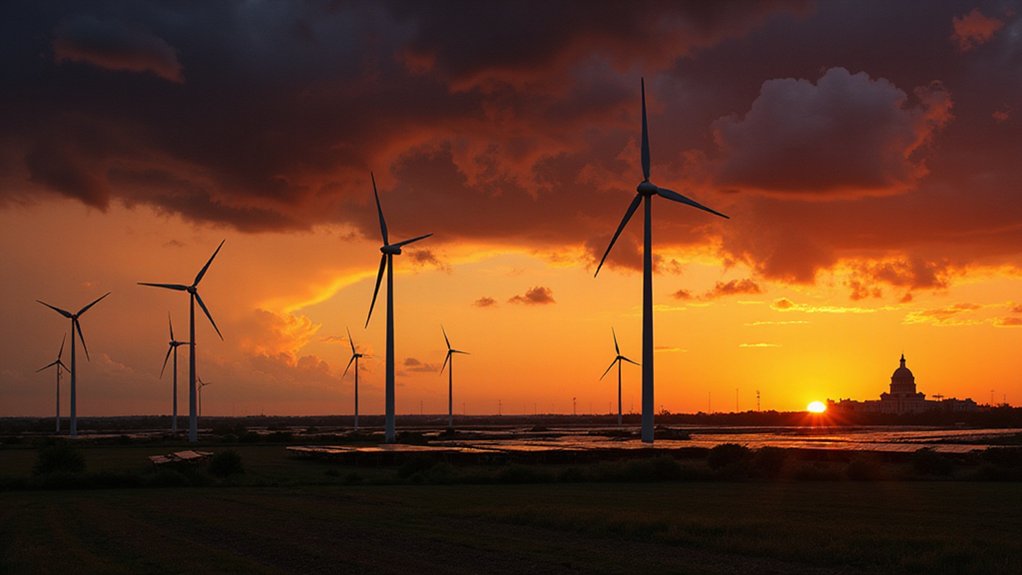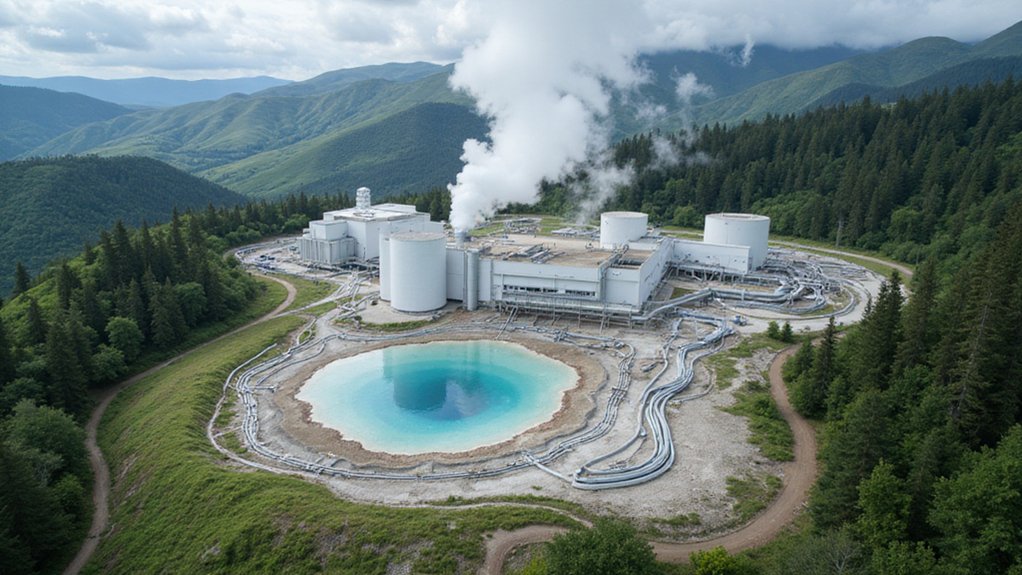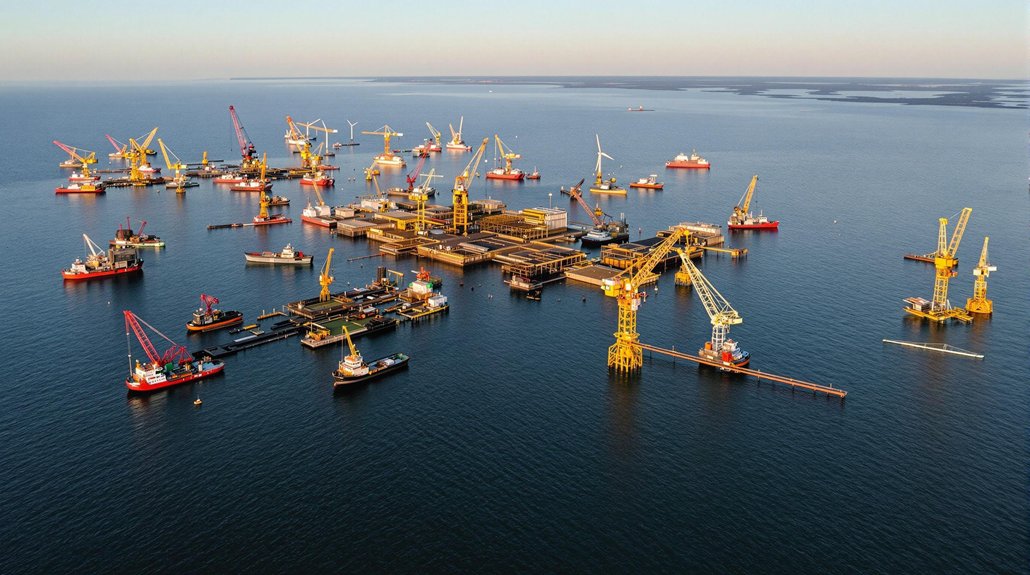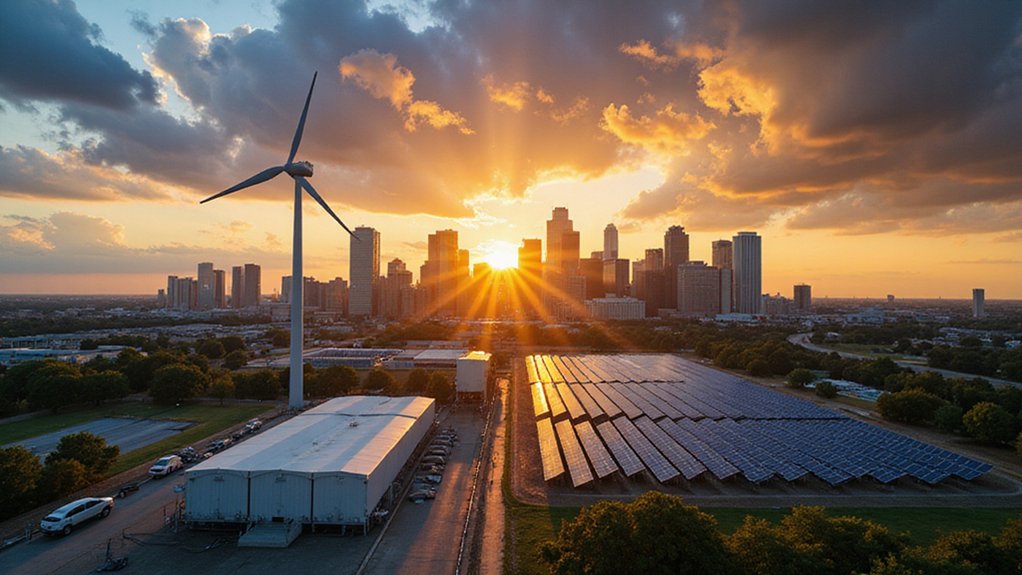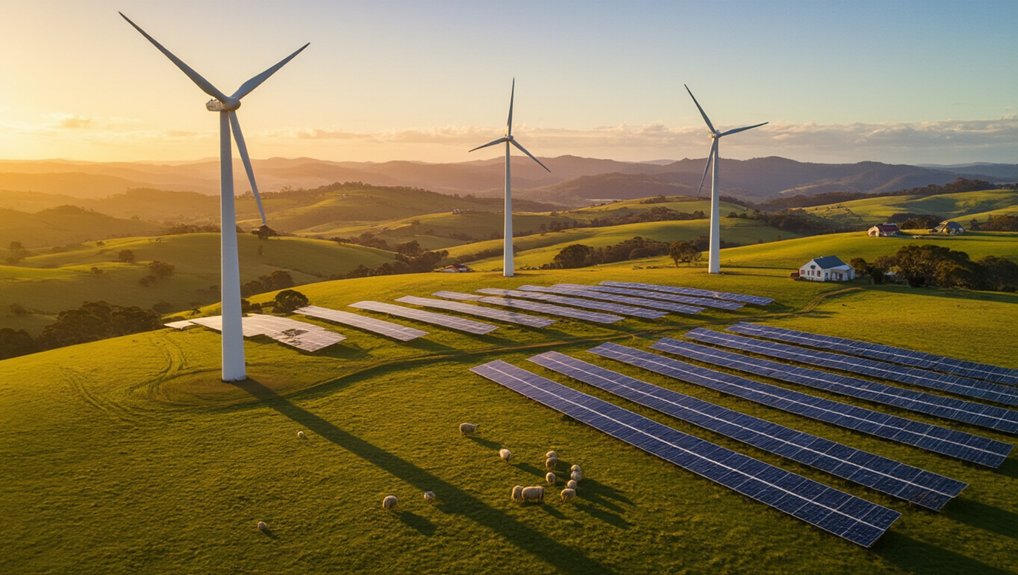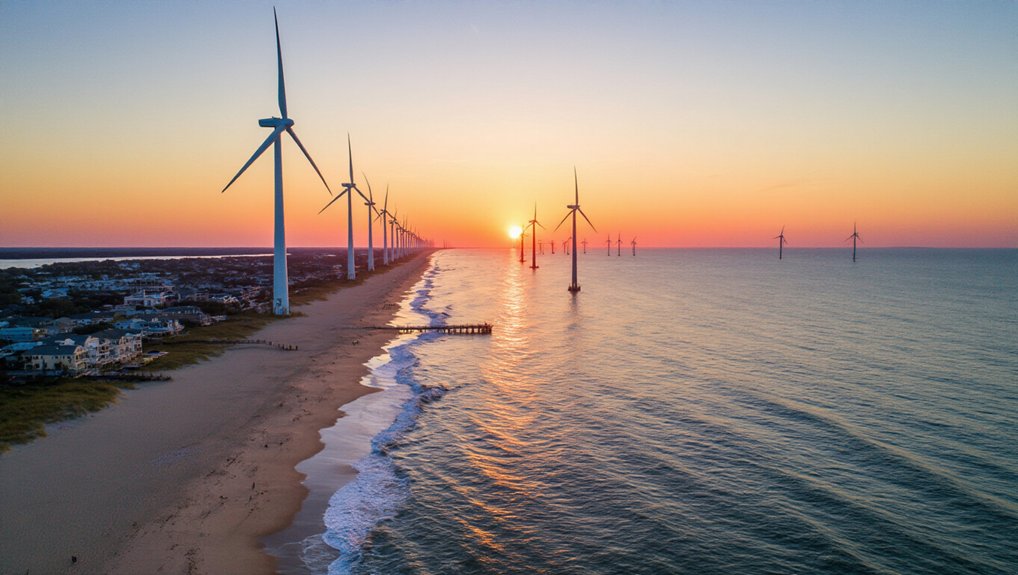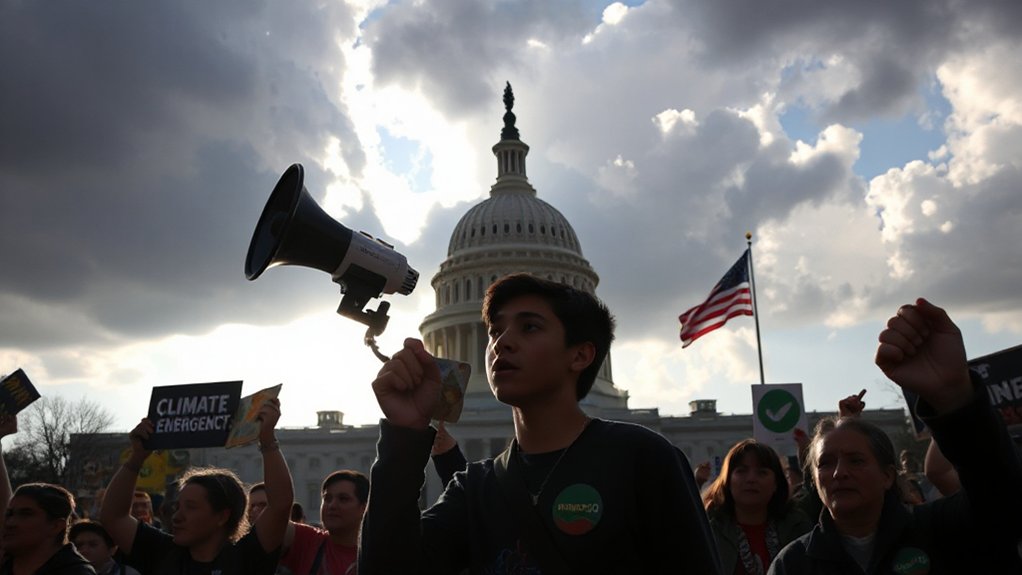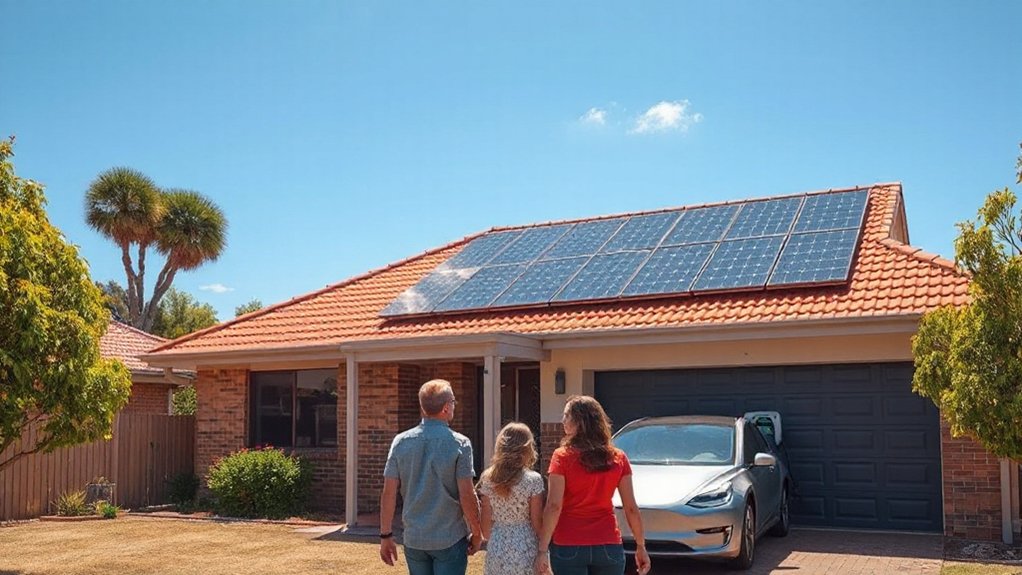Texas lawmakers are advancing bills that could cripple the state’s booming renewable energy sector. New legislation introduces hefty fees, strict permits, and absurd setback requirements for wind and solar projects. These restrictions—like keeping wind turbines 3,000 feet from property lines—create massive red tape while oil and gas companies face minimal oversight. Ironic, since renewables currently provide 90% of Texas’s new electric generation. Seems someone’s afraid of a future without fossil fuels.
As Texas lawmakers push forward with a flurry of bills targeting renewable energy, the state’s thriving wind and solar industries face an uncertain future. Senate Bill 819 is hitting renewables where it hurts—piling on fees, permits, and red tape for projects that are already running or in development. Projects of 10 MW or more will need PUCT permits just to connect to the grid. Talk about throwing a wrench in the works.
The proposed legislation doesn’t stop there. Solar equipment must stay 100 feet from property lines and 200 feet from homes. Wind turbines? A whopping 3,000 feet from neighboring property—unless you can charm your neighbors into signing waivers. Good luck with that.
Texas has been crushing it in the renewable game. Wind, solar, and batteries make up nearly 90% of new electric generation in the state. Not too shabby. These clean energy sources have become essential players in keeping the lights on across Texas and pumping money into rural economies. Nobody saw that coming twenty years ago.
But some lawmakers aren’t fans. They’re worried about grid reliability with all these “intermittent” renewables popping up everywhere. Senator Kolkhorst even complained about “visual blight.” Heaven forbid we see a wind turbine on the horizon. This approach contradicts the global trend where renewables are expected to provide over 42% of electricity worldwide by 2028.
Senate Bill 388 wants to push for 50% dispatchable power—natural gas, nuclear, coal—the stuff you can turn on and off at will. That’s bound to cap renewable growth. The bill also creates a credits trading program if dispatchable generation falls below 55% of new capacity. Convenient timing with electricity demand projected to double in the next decade.
Industry experts are sounding alarms. These bills won’t just hurt renewables; they’ll make it harder to build any new power generation—renewable or otherwise. With ERCOT predicting massive demand growth, Texas needs more electricity, not less.
For a state that’s always boasted about its “all of the above” energy approach, these bills sure look like playing favorites. And at the worst possible time. Unlike the renewable sector, the oil and gas industry operates with minimal regulatory oversight when it comes to statewide distance requirements from residential properties.
References
- https://www.texastribune.org/2025/04/08/renewable-energy-texas-new-regulations/
- https://www.velaw.com/insights/texas-renewables-roundup-2025-texas-legislature-update/
- https://www.texastribune.org/2025/04/16/texas-ercot-energy-demand-legislature/
- https://www.utilitydive.com/news/renewable-energy-texas-legislation-wind-solar-sb715-sb819/746436/
- https://www.mcguirewoods.com/client-resources/alerts/2025/4/senate-bill-could-impact-wind-and-solar-development-in-texas/
